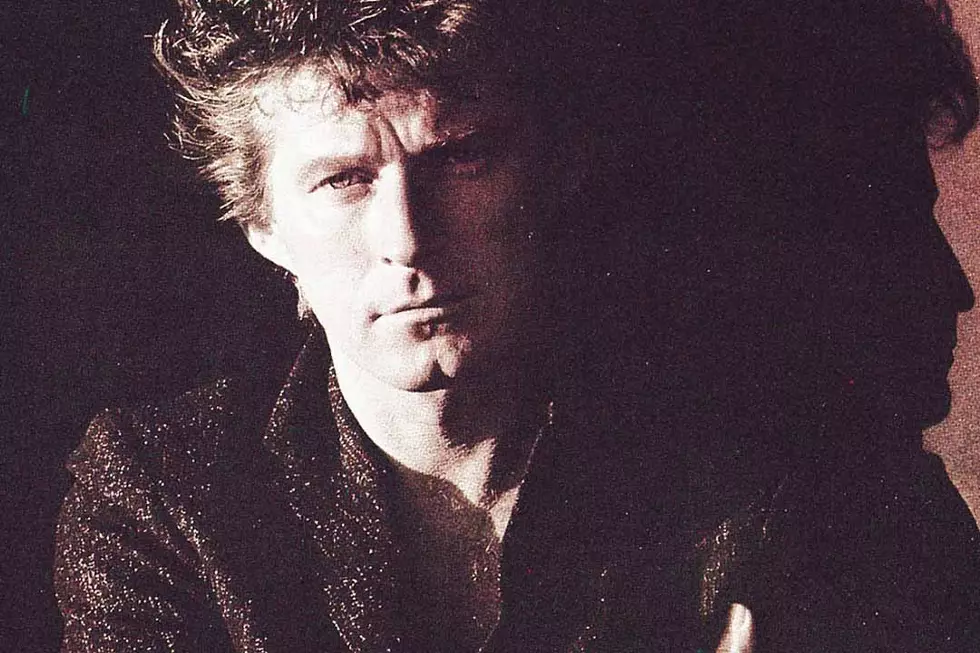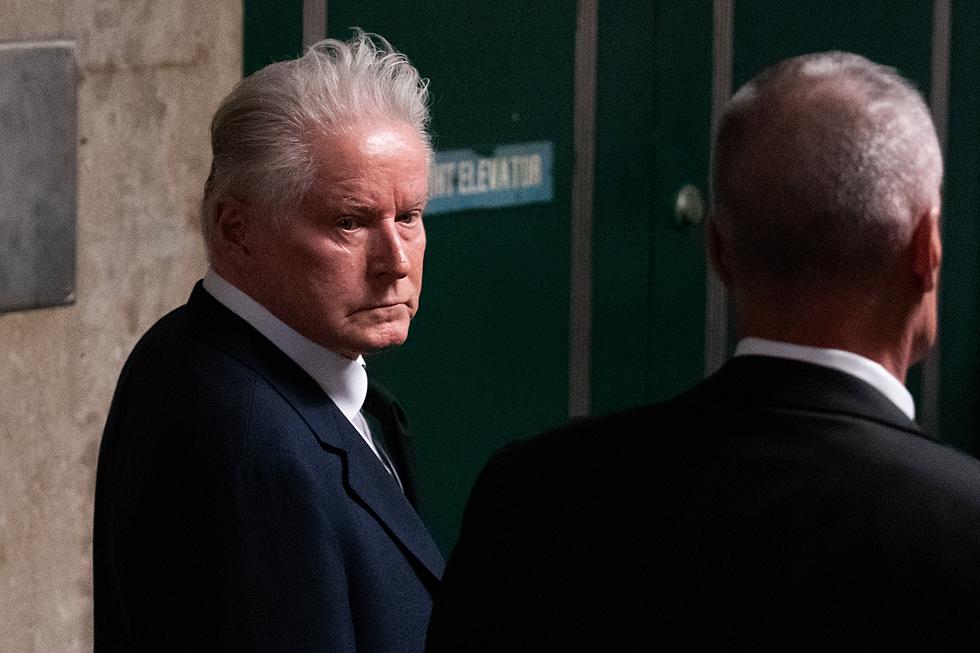
How Don Henley Got Confident and Then Built a Near-Perfect ‘Beast’
Don Henley's solo debut, 1982's I Can't Stand Still, performed respectably on the charts, peaking at No. 24 and selling more than half a million copies. Compared to the commercial heights he'd reached as a member of the Eagles, however, that was small potatoes – and a far from definitive statement for a singer-songwriter seeking to define himself as an artist in his own right.
He took a big step forward with his second effort, Building the Perfect Beast.' Released Nov. 19, 1984, the 10-song effort found Henley moving his sound further into the '80s – with all the synths and drum programs that entailed – while doubling down on the staunchly progressive social consciousness that informed I Can't Stand Still and deepening the pointed observations on human relationships that had always defined his best work. To some, the album's crowded, machine-assisted arrangements may have sounded like an attempt to glom onto current trends; to Henley, however, they were of a piece with his earlier work.
"I'm not ashamed of having been in the Eagles. I think we accomplished a great deal and added some pretty good music to the annals of rock n' roll," Henley told Record. "The songs I'm writing now are simply extensions of songs I wrote then. They're more mature, succinct versions of those songs. I still am basically the same guy and I feel the same way about certain things. I've matured a great deal about other things, such as male/female relationships."
As he had on his debut solo album, Henley worked closely with former James Taylor bandmate Danny Kortchmar, who'd made a name for himself as a producer and co-writer with many of the artists in Henley's peer group. By the time they hunkered down in the studio for the two-year process of writing and recording Building the Perfect Beast, Henley and Kortchmar – a.k.a. "Kootch" – had developed a level of trust and communication that allowed Henley the opportunity to take new risks.
"Songwriting is not quite as intimate a process as it used to be," Henley admitted during an interview with In the Studio. "Sometimes nowadays – and I don't know if this is good or bad, but it seems to work – Danny will simply deliver me a cassette with a musical track on it and I'll just take it home and write it by myself, either in the car or at my house. I'll just play the music, and I can tell in the first couple of minutes if I can write a song – if it will pull a concept out of me. I have a bank of ideas in my head that I want to talk about, and I can either overlay that onto a piece of music or I can't."
Listen to Don Henley Perform 'All She Wants To Do Is Dance'
As he had on I Can't Stand Still, Henley employed a long list of session ringers for the Beast tracks, enlisting liner notes mainstays like bassist Pino Palladino and drummer Jim Keltner as well as musicians who were recording artists in their own right, including Randy Newman and members of Toto. But he also set about building the perfect solo band, with an eye toward upping his game when it came time to take the new songs on the road.
"I wanted some new, fresh people, so I just went out looking for them. I went to clubs all over town," Henley later said of the arduous process of putting together new personnel. "The word-of-mouth got around and we started getting volunteers. I held auditions for three or four weeks. I must have gone through God knows how many guitar players. It was excruciating."
But, he pointed out, it paid off in terms of allowing Henley to surround himself with what he deemed a superior class of musician than the one he'd been accustomed to with the Eagles – particularly in terms of offstage behavior. "I'm not a priest or anything, but I don't believe in making public spectacles, especially if you're in a rock 'n' roll band in a public place. We have a bad enough reputation in rock 'n' roll as it is," he shrugged. "The whole rock musician-as-outlaw thing seems pretty immature and hokey to me now."
Not only was Henley more concerned with keeping things on the up-and-up in his hotel rooms, he'd come around to a different way of thinking as far as stage presentation went for his solo tours. "This is the '80s: you dress up now, you have lights. It's showbiz now. It's not the '70s and the '60s anymore; it's completely different," he argued. "I went to a lot of concerts in the past couple of years. I went to see the Eurythmics several times, and Paul Young, Tina Turner, a bunch of concerts. You don't go out in blue jeans and loiter anymore."
He was also more aggressive about lining up guest appearances from famous friends and strangers, including Patty Smyth of Scandal, Lindsey Buckingham, and Tom Petty's longtime lieutenant Mike Campbell – the latter of whom ended up co-writing the record's biggest hit, "The Boys of Summer." "I have a lot of nerve. I’ll call anybody," he laughed. "I was afraid some of those people were not going to be into an old guy from the mellow '70s, you know? And Patty said, ‘Are you kidding?’ I used to sing ‘Witchy Woman’ when I was 15!'"
Listen to Don Henley Perform 'Sunset Grill'
That all reflected Henley's increased confidence in himself as a solo performer – something he insisted developed slowly after the Eagles fell apart. "I said, 'God, can I do this by myself?' I thought maybe I should put another band together. Then I said, 'Nah, I can do this.' I drank a lot of Scotch making that first album," he admitted. "And then after it was done I figured, 'Yeah, I can do this,' so this album was much more confident. ... I stretched further and took more chances."
Those chances paid off handsomely after Building the Perfect Beast arrived in stores. A Top 20, triple-platinum hit, the album spun off a string of big singles, including four Top 40 pop hits: "The Boys of Summer" (No. 5), "All She Wants to Do Is Dance" (No. 9), "Not Enough Love in the World" (No. 34), and "Sunset Grill" (No. 22). More impressively, Henley's pop crossover act – which included heavy rotation on adult contemporary and dance playlists – didn't hurt his stature on rock radio, where five of the album's tracks went Top 20 (and "The Boys of Summer" and "All She Wants to Do Is Dance" hit No. 1).
By 1985, Henley had well and truly arrived as a solo artist – an ascension crowned with the Best Male Rock Vocal Performance Grammy he picked up for "The Boys of Summer" the following year. Of course, all of this was only a prelude for the level of success he'd achieve with his next album ... but that's another story.
Eagles Solo Albums Ranked
The Complicated History of the Eagles’ ‘Victim of Love’
More From Ultimate Classic Rock









